To meet the standards of a university , in addition to the standards of lecturers, facilities, finance, enrollment - training..., universities with doctoral training must meet the requirement that the proportion of science and technology activities to total revenue calculated on average in the last 3 years is not lower than 5%. This is a criterion in standard 6 of the Circular promulgating the Standards of University.
N MANY SCHOOLS LESS THAN 1%
According to the financial disclosure form of the Ministry of Education and Training, universities will publicly disclose the total revenue of each school year. Here, the revenue structure of the schools includes budget, tuition fees, scientific research and technology transfer, and other legal sources.
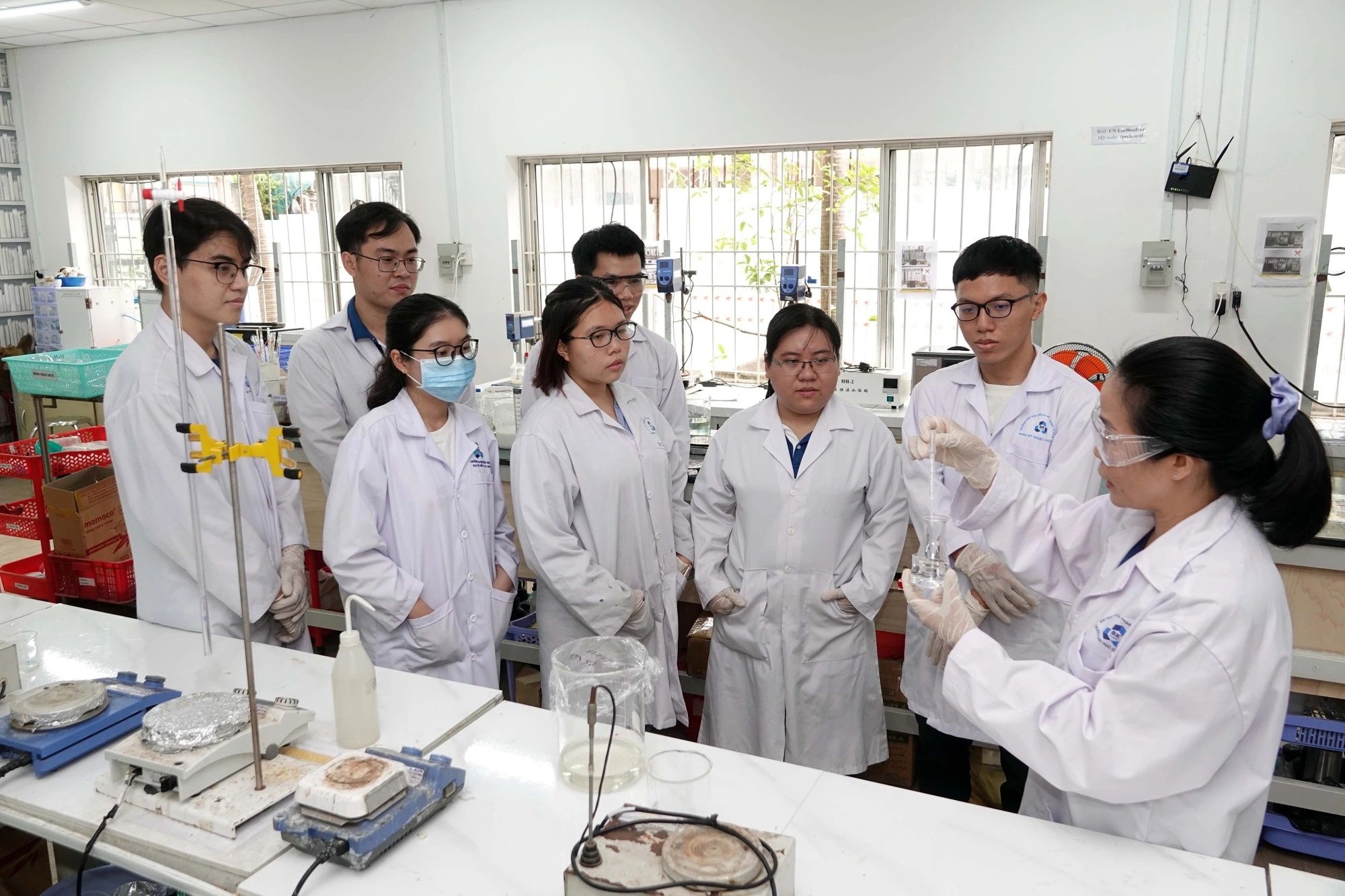
Universities that offer doctoral training must meet the requirement of the proportion of scientific and technological activities in total revenue.
PHOTO: DAO NGOC THACH
However, according to statistics from the Ministry of Education and Training, tuition fees account for the majority, accounting for more than 80% of total school revenue. In many schools, this proportion is up to more than 90%. Other sources of revenue are very low, especially from scientific research and technology transfer activities.
In the 2022-2023 school year, the University of Economics and Law (Ho Chi Minh City National University) has a total revenue of 311 billion VND, of which tuition fees account for 267 billion VND and scientific research is 2 billion VND, less than 1% of total revenue. In the document publicly announcing the revenue sources of Ho Chi Minh City University of Law, in 2022, this school had a total revenue of 289 billion VND, of which tuition fees were 261 billion VND and no revenue from science and technology activities. Dalat University (2022-2023) has a total revenue of 156 billion VND, scientific research is 0.5 billion VND, accounting for 0.3%. Nam Can Tho University's total revenue in 2023-2024 is 600 billion VND from tuition fees, no revenue from scientific research and technology transfer.
Can Tho University has a total revenue of 954.1 billion VND in the 2023-2024 school year, of which scientific research and technology transfer reaches 21.6 billion VND, accounting for 2.26%. Ho Chi Minh City University of Industry has a total revenue of 843 billion VND in the 2022-2023 school year, of which the revenue from scientific research and technology transfer is 4 billion, accounting for 0.47%. This revenue at Da Nang University of Economics in 2023 is 0.17 billion VND out of a total revenue of 269.99 billion, accounting for only 0.06%.
At some "trillion-dollar" universities, this ratio is also extremely low or low compared to the criteria set for university education institution standards.
For example, Nguyen Tat Thanh University has a total revenue of more than 1,454 billion VND in 2023-2024, of which scientific research and technology transfer is 11,776 billion VND, accounting for 0.8%. Ho Chi Minh City University of Technology has a total revenue of 1,260 billion VND in 2023-2024, of which scientific research is 11 billion VND, accounting for nearly 0.9%. Hanoi University of Science and Technology has a revenue of 1,070.8 billion VND in 2022, of which science and technology is 7.01 billion, accounting for 0.65%. National Economics University has a revenue of 1,410 billion VND in 2023-2024, of which science and technology revenue is 42.95 billion, reaching 3% of total revenue.
VERY FEW SCHOOLS MEET THE CRITERIA
Only a few schools meet the criteria of 5% or more. For example, Danang University of Technology in 2023 will have a revenue of 294.3 billion, of which science and technology resources account for 14.2% with 41.9 billion VND. Ton Duc Thang University in 2023 will have a total revenue of 1,067 billion VND, of which scientific research will reach 56.5 billion VND, accounting for 5.2%. Ho Chi Minh City University of Natural Sciences will have a total revenue of 481.4 billion VND in 2022, scientific research will be 25.5 billion VND, reaching 5.2%. Ho Chi Minh City University of Economics will achieve a record when revenue from science and technology reaches 25%, with 363.2 billion VND out of a total revenue of 1,443.4 billion VND in 2022.
Schools that "almost" reached 5% include: Ho Chi Minh City University of Technology in 2023 is 1,003 billion VND, scientific research and technology transfer is more than 44 billion VND, accounting for 4.4%. Ho Chi Minh City University of Information Technology's total revenue in 2023 is 259 billion VND, of which scientific research is 12.4 billion, reaching 4.7%. This source of revenue of Hanoi University of Industry is nearly 37.3 billion VND, reaching 4.2% of the total revenue of 878.1 billion VND in 2023. Hanoi University of Natural Sciences, this rate is 19.3% with 55.5 billion out of the total 286.4 billion VND in 2023.
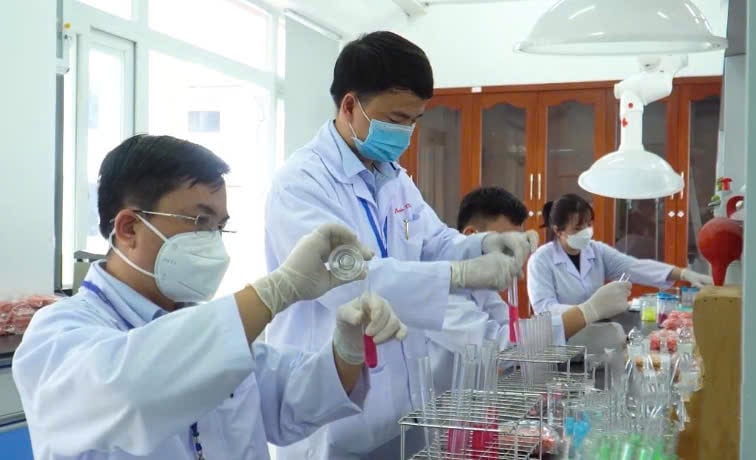
University lecturers carry out production research projects ordered by businesses
Problems with mechanisms and policies?
Dr. Tran Huu Duy, Head of Training Department of Da Lat University, said that there are many difficulties for schools to achieve the 5% ratio, however, the biggest "stumbling block" is the mechanism and policy.
"Currently, lecturers are very good and dynamic, and can completely enrich themselves with their knowledge and bring income to the school through scientific and technological services. However, when implementing the mechanism, many teachers are discouraged because the procedures are too complicated and cumbersome," Dr. Duy commented.
According to Dr. Duy, in foreign countries, when lecturers carry out projects, the ordering unit will accept the final product, and how the funds are used depends on the project manager. However, in Vietnam, the project manager must carry out many administrative procedures such as preparing documents, explaining, explaining, bidding, red invoices, 3 quotations... Not to mention that after completing the project, the revenue and expenditure activities must be inspected and checked...
"The mechanism is heavy on administrative procedures, causing difficulties and making lecturers have to be dishonest or discouraged, while the most important thing, the product, is not paid attention to. Therefore, many lecturers think of going out to establish private enterprises or combine with enterprises to make money from their knowledge, to escape the cumbersome and complicated procedures. Those problems greatly affect the implementation of scientific and technological services of the university, causing the revenue from this activity to be affected," Dr. Duy said.
Therefore, Dr. Duy proposed to give autonomy to lecturers, especially professors, associate professors, and doctors, to decide on all topics, projects, and use of funds, as long as the final product meets the requirements.
Actively seek out practical needs
It is no coincidence that the Ministry of Education and Training requires universities that offer doctoral training to meet the criteria of having revenue from scientific and technological activities accounting for 5% of total revenue. This demonstrates dynamism and affirms the value gained from the brainpower of highly qualified lecturers. In addition, diversifying revenue sources so that schools no longer rely too much on tuition fees helps reduce the financial burden on learners.
Associate Professor Dr. Tran Thien Phuc, Vice Principal of Ho Chi Minh City University of Technology, commented: "From 2025, all universities must be autonomous. But most schools are still dependent on a stable source of income from tuition fees. To have income from science and technology activities, schools and teachers must be more proactive and do more. They cannot sit still but must proactively "hunt" for topics, approach businesses and localities to see what needs they have in their training fields. Certainly, schools will have fierce competition with each other and with businesses, so very high capacity is required."
Ho Chi Minh City University of Technology has a Center for Research on Technology and Industrial Equipment, which has been operating since 1994, providing research, manufacturing, and installation services. Through the center, lecturers' research is brought to the market and has a revenue of 200 billion VND per year. Currently, this center has been transformed into Ho Chi Minh City University of Technology Science and Technology Joint Stock Company (BKTECHS), with a revenue of hundreds of billions of VND per year, in which Ho Chi Minh City University of Technology owns 30% of the shares, so it also brings in a revenue of tens of billions of VND per year for the school.
From the experience of an educational institution that earned more than 360 billion VND from science and technology activities, Associate Professor Dr. Bui Quang Hung, Vice Principal of Ho Chi Minh City University of Economics, said that universities need to link training, research, consulting... with practice, with the needs of businesses and the market. "We work with them to see what they need, design training programs and projects according to requirements. It is necessary to form a sustainable ecosystem between universities and businesses, partners... based on each other's strengths and needs. From there, universities focus resources on this activity, have core training and research products and adjust according to practice to create competitiveness and brand", Associate Professor Dr. Hung shared.
Source: https://thanhnien.vn/gian-nan-dat-chuan-co-so-giao-duc-dh-thieu-nguon-thu-tu-khoa-hoc-cong-nghe-185240920220403951.htm








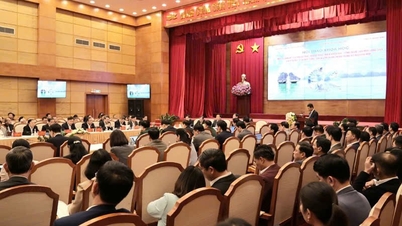



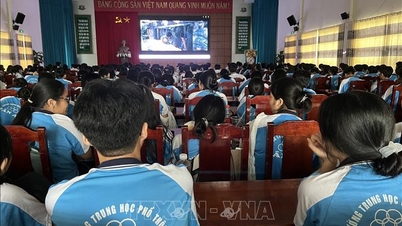


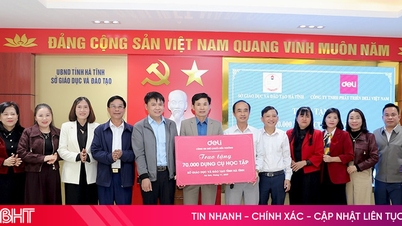

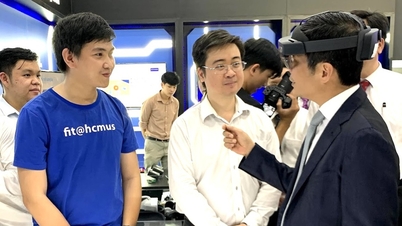

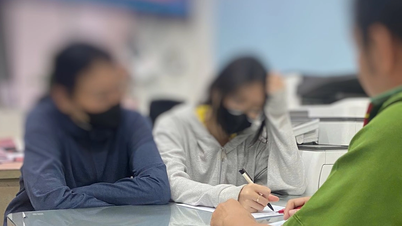
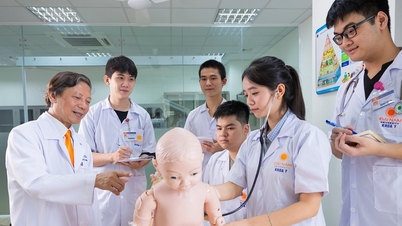

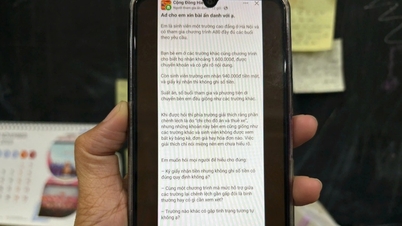

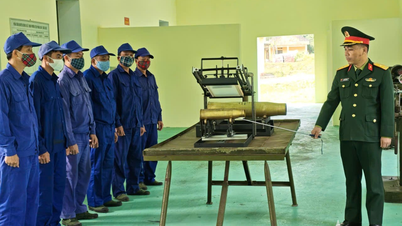

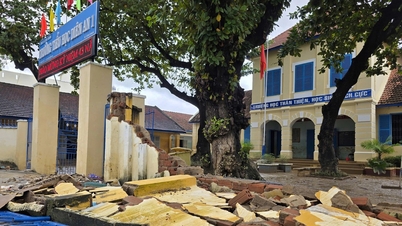






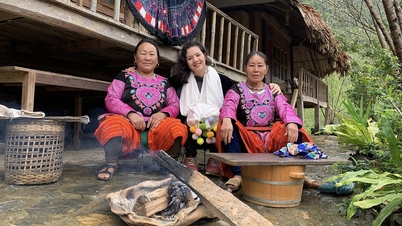
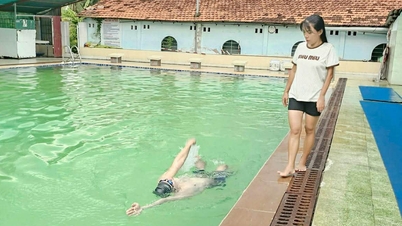
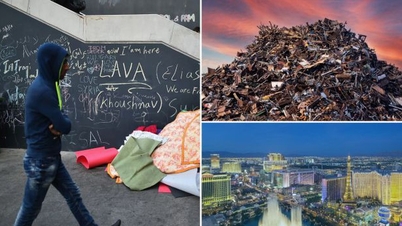
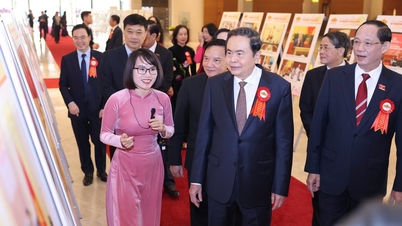
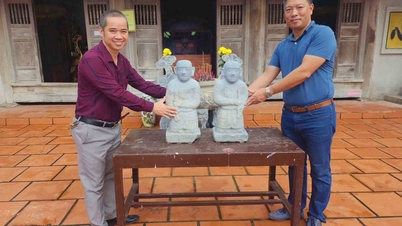
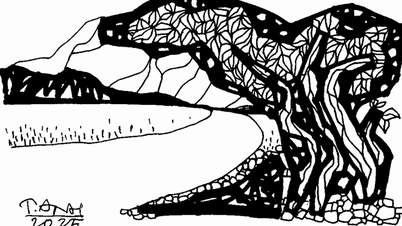

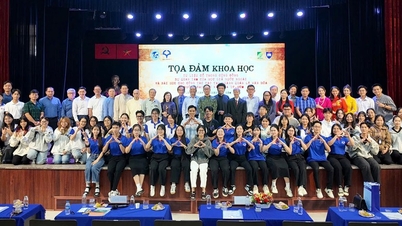

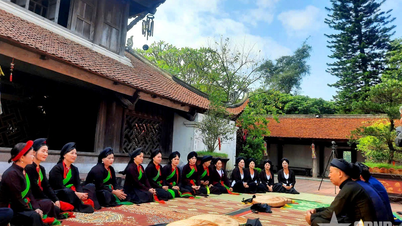




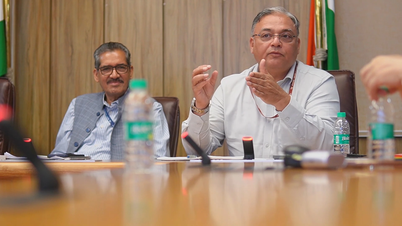
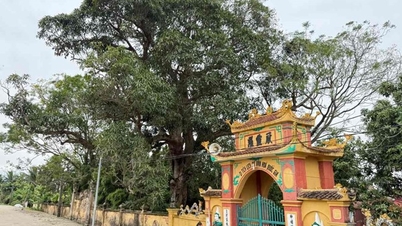

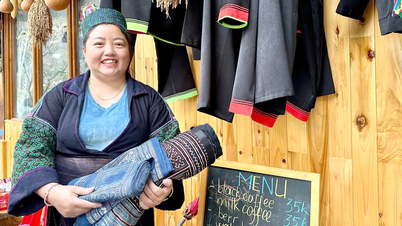



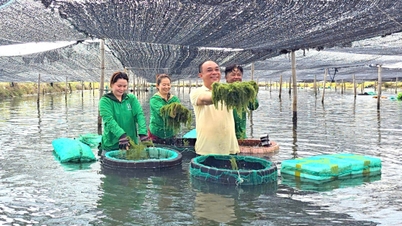








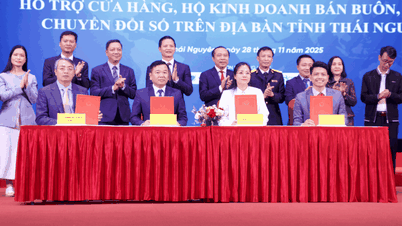






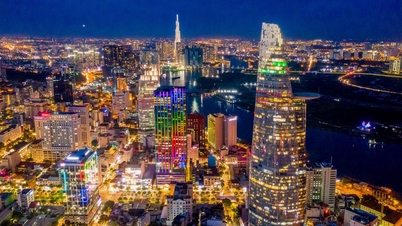


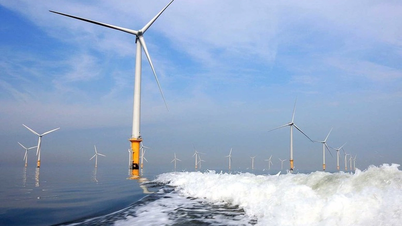



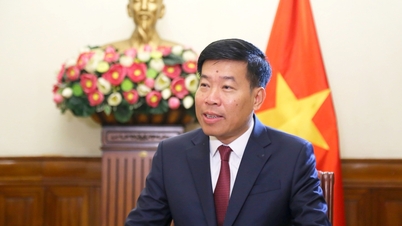



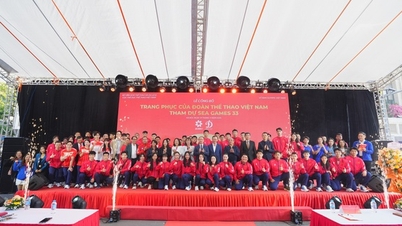

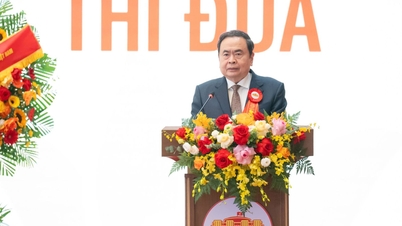

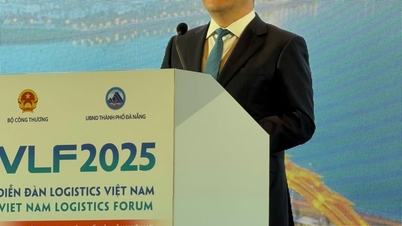
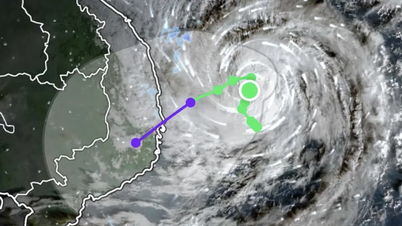



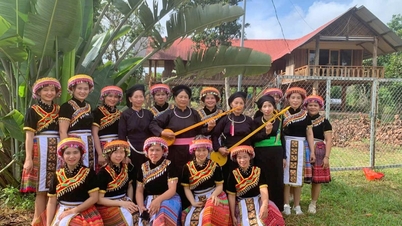


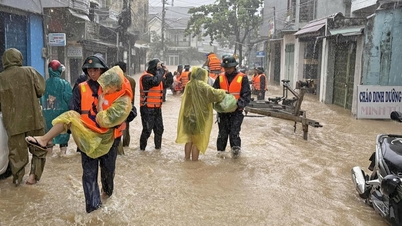
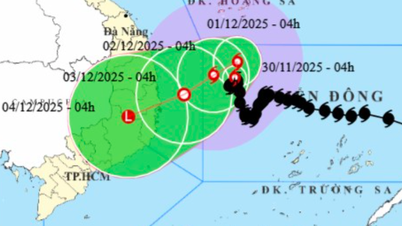













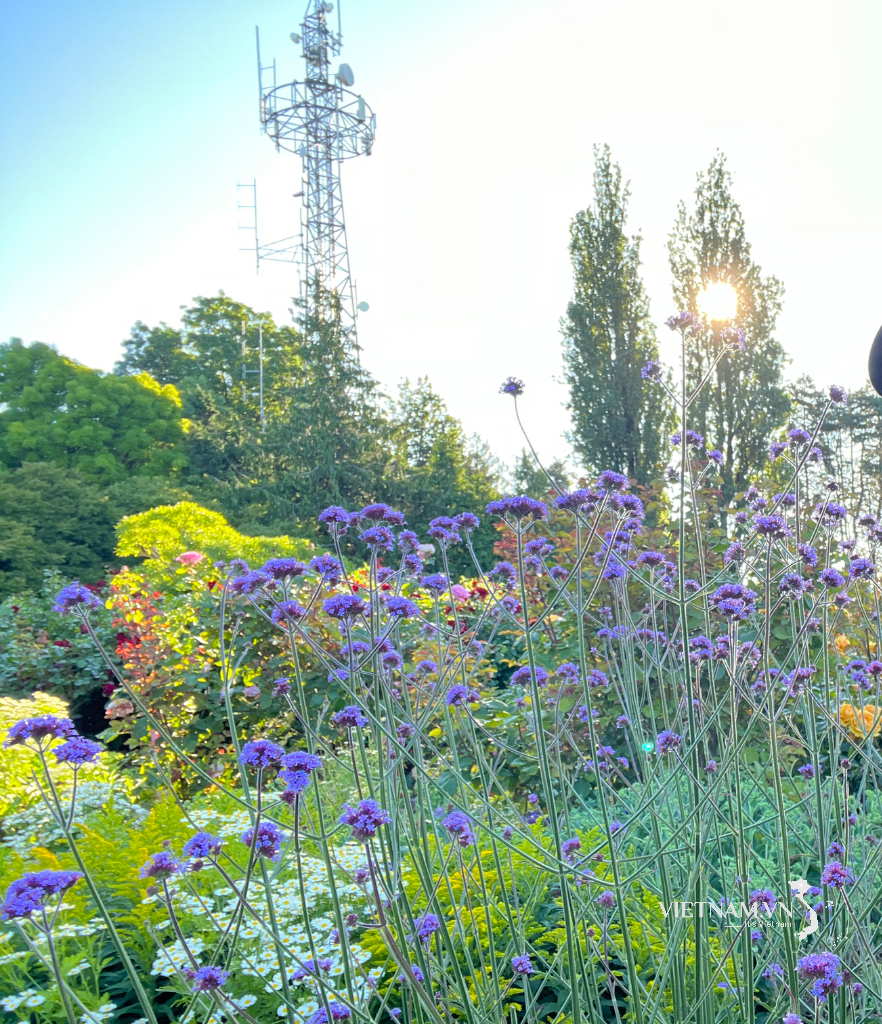
Comment (0)